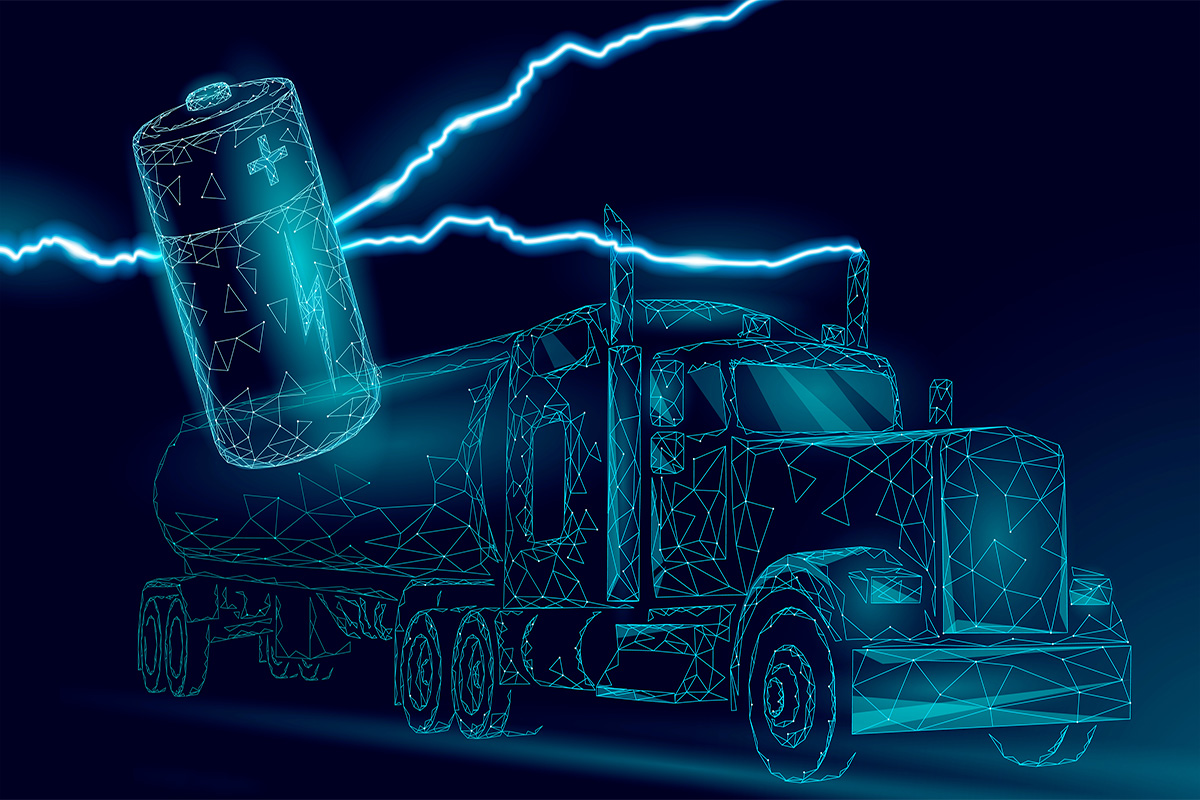March 2, 2023
Do Truckers Use Runaway Truck Ramps?
If you’re a trucker or anyone who’s a road dog, you have seen the bright yellow road signs reading “runaway truck ramp” at one point or another. Many of the ramps were built long ago and resembled lost roads, unmanaged and lost to vegetation. However, some ramps were built in areas where they truly make a difference. What are these ramps, why are they important, and if truckers use them, is what we’re exploring.
What Are Runaway Truck Ramps?
A vehicle escape ramp, or a runaway truck ramp, is a paved surface constructed next to highways where steep grades exist and provide a location for out-of-control vehicles to come to a stop safely. Each runaway ramp is strategically placed at the bottom of a grade or where the vehicle will likely crash after breaking fails. The first runaway truck ramps came around in the 1960s, built primarily in mountainous areas because even America’s most beautiful roads could use extra protection. There are usually two types of runaway truck ramps, a gravity or an arrestor. A gravity ramp features a long ramp with a gradual incline, with enough roadway space and the use of gravity to help a vehicle come to a stop. Loose pea-sized gravel is often dispersed on the part of the ramp to help stop the energy of an out-of-control vehicle. The gravel helps the runaway vehicle slow or come to a stop while requiring less road space. An arrestor ramp works like how a jet plane is stopped and uses metal cables and energy-absorbing tape to help a vehicle come to a stop. Arrestor ramps require less road space while still helping stop a runaway vehicle. Trucks and other vehicles can pull off the road and into the runaway ramp if their brakes fail while going down a steep grade and they cannot stop safely.
Why Are Runaway Truck Ramps Important for Truckers?
Runaway truck ramps are essential for truckers and can help save lives. A fully loaded semi-truck can weigh up to 80,000 pounds, and when that much weight starts going downhill, it may not be easy to stop. In essence, runaway truck ramps shouldn’t be necessary because, with the right brakes and the proper knowledge, a vehicle should stay in control while going down a steep grade. Specific safety procedures should be executed before planning a trip, especially if it’s taking you on steep highways. These procedures ensure your vehicle operates correctly to prevent failure during crucial times. Ideally, runaway truck ramps would never be used, but even the best trucking routes in North America can take you across roads where proper brakes are vital. If a trucker were to lose control and can’t brake to stop, the sight of a yellow runaway truck ramp can be a beacon in a storm.
Do Truckers Use Runaway Truck Ramps?
It may be a good thing if you come across a runaway truck ramp that looks long abandoned during your travels. The truck ramps are there for emergencies, and if the ramp hasn’t been used in a while, it’s because all trucks and cars in the area have proper breaks and training on how to drive on steep grades. Although some runaway truck ramps may not have been used in a while, others are used more often. The world’s most dangerous roads would intimidate even the most seasoned drivers, and in America, hazardous roads exist, and runaway ramps are essential at these locations. U.S. Highway 16 contains a part named “Dead Man’s Curve,” where one of the most used arrestor-type runaway truck ramps is located. Many accidents, some fatal, have taken place due to vehicles losing control. Truckers can use the runaway truck ramp if they feel their truck is losing control and can come to a complete stop without endangering themselves or other drivers around them. In Garden City, Utah, an arrestor-type runaway truck ramp was made to help steer runaway trucks from crashing into an intersection if they lose control. Truckers should always take comfort in knowing the runaway truck ramps are there and use them if ever in an out-of-control vehicle situation.



